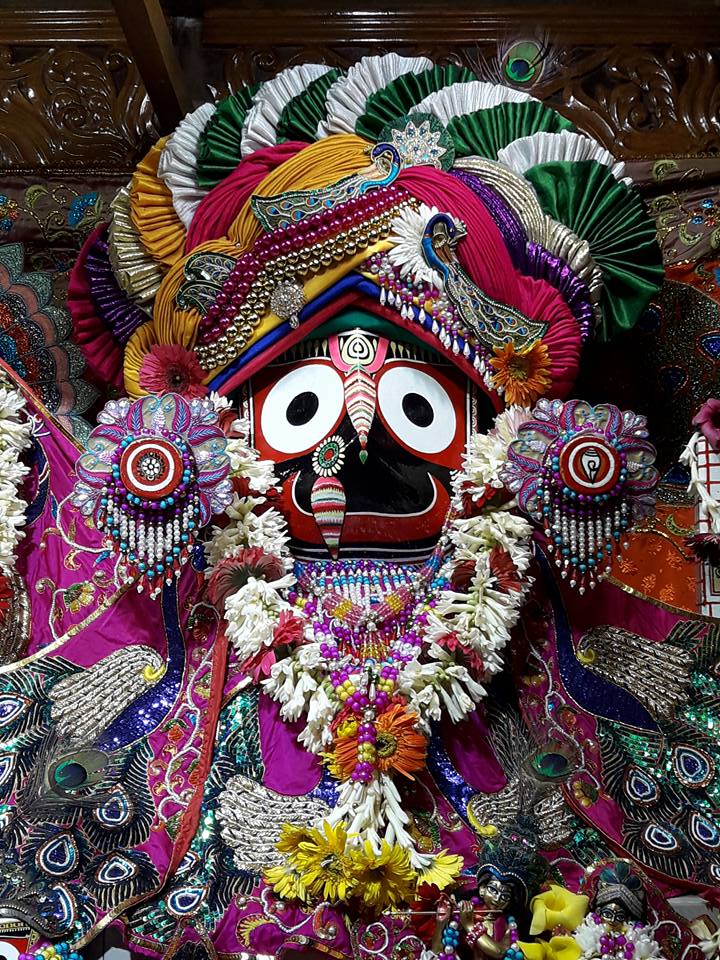अपरिकलित तन्त्रात् नारदपुराणेषु नृसिंहैकाक्षरविधि
मन्त्रोद्धार,ऋश्यादि कराङ्गन्यास च:-
सनत्कुमार उवाच
शृणु नारद वक्ष्यामि दिव्यान्नरहरेर्मनुम्।
यान्संसाराध्य ब्रह्माद्याश्चक्रुः सृष्ट्यादि कर्म वै॥
संवर्तकश्चन्द्रमौलिमनुवह्निविभूषितः।
एकाक्षर्ः स्मृतो मन्त्रो भजतां सुरपादपः॥
मुनिरत्रिश्च जगती चन्दो बुद्धिमतां वर।
देवता नृहरिः प्रोक्तो विनियोगो’खिलाप्तये॥
क्षं बीजं शक्तिरौं प्रोक्ता षड्दीर्घेण षडङ्गकं॥
ध्यानम्:-
अर्केन्दुवह्नीनयनं शरदिन्दुरुचं करैः।
धनुश्चक्राभयवरान्दधतं नृहरिं स्मरेत्॥
जपसंख्या होमाहुतिद्रव्य च:-
लक्षं जपस्तद्दशांशहोमच घृतपायसैः।
पीठार्चनाविधि:-
यजेत्पीठे वैष्णवे तु केसरष्वङ्गपूजनं।
खगेशं शङ्करं शेषं शतानन्दं दिगालिषु॥
श्रीयं ह्रीयं धृतिं पुष्टिं कोणपत्रेषु पूजयेत्।
दंतच्छदेषु नृहरींस्तावतः नृहरिंस्तावतः पूजयेत्क्रमात्॥
कृष्णो रुद्रो महाघोरो भीमो भीषण उज्ज्वलः।
करालो विकरालश्च दैत्यान्तो मधुसूदनः।
रक्ताक्षः पिङ्गलाक्षश्चाञ्जनो दीप्तरुचिस्तथा॥
सुघोरकश्च सुहनुर्विश्वको राक्षसान्तकः॥
विशालको धूम्रकेशो हयग्रीवो धनस्वनः।
मेघवर्णः कुम्भकर्णः कृतान्ततीव्रतेजसौ॥
अग्निवर्णो महोग्रश्च ततो विश्वविभूषणः।
विघ्नक्षमो महासेनः सिंहा द्वात्रिंशदीरिताः॥
तद्बहिः प्रार्चयेद्विद्वान्ल्लोकपालान्सहेतिकान्।
एवं सिद्धे मनौ मन्त्री साधयेदखिलेप्सितान्॥
एकाक्षरस्य अन्य विधि(बृहत्तन्त्रसारोक्त विधेः उद्धृत)
क्षकारो वह्निमारूढो मनुबिन्दुसमन्वितः।
एकाक्षरो मनुः प्रोक्तः सर्वकामफलप्रदः॥
अस्य पूजादिकं सर्वं मन्त्रराजवत्। (इह प्रसङ्गे मन्त्रराज नृसिंहस्य विख्यात द्वात्रिंशाक्षर मन्त्र)
विशेसस्तु अत्रि ऋषिर् गायत्रीच्च्छन्दो नृसिंहो देवता क्षकारो बीजं औकार शक्तिः। शड्दीर्घयुक्तबीजेनाङ्गकल्पना। अस्य पुरश्चरणमष्टलक्षजपः। तथा च:- वसुलक्षं जपेन्मन्त्रं इत्यादि वचनात्।
मन्त्रराजस्य अर्चना विधि
ध्यानं:
माणिक्याद्रिसमप्रभां निजरुचासंत्रस्तरक्षोगणं जानुन्यस्त रत्नोल्लसद्भूषणं।
बाहुभ्यां धृतशङ्खचक्रमनीशं दंष्ट्रोग्रवक्त्राल्लसज्ज्वालाजिह्वमुदारकेशरचयं वन्दे नृसिंहं विभुं॥
एवं ध्यात्वा मानसैः संपूज्य शङ्खस्थापनं विधाय वैष्णवोक्तपीठपूजां कृत्वा पुनर्ध्यात्वा आवाहनादि पुश्पाञ्जलीदानपर्यन्तं विधायावरणपूजामारभेत्। तद्यथा – केशरेश्वग्रादि कोणे मध्ये क्ष्रां हृदयाय नमः, क्ष्रीं शिरसे स्वाहा, क्ष्रूं शिखायै वषट्, क्ष्रैं कवचाय हुं, क्ष्रौं नेत्रत्रयाय वौषाट्,क्ष्रः अस्त्राय फट्। ततः पूर्वादिदले गरुडं शङ्करं शेशं ब्रह्माणञ्च पूजयेत्।विदिग्दलेषु श्रीयं ह्रीयं धृतीं प्रणवादिनमो’न्तेन पूजयेत्। तद्बहीरिन्द्रादिन् वज्रादिंश्च पूजयेत्। ततो धूपादि विसर्जनान्त कर्मं समापयेत्।
होमद्रव्य: पायसान्नैः प्रजुहुयाद् विधिवत् पूजिते’नले।
mantroddhāra,ṛśyādi karāṅganyāsa ca:-
sanatkumāra uvāca
śṛṇu nārada vakṣyāmi divyānnaraharermanum।
yānsaṃsārādhya brahmādyāścakruḥ sṛṣṭyādi karma vai॥
saṃvartakaścandramaulimanuvahnivibhūṣitaḥ।
ekākṣarḥ smṛto mantro bhajatāṃ surapādapaḥ॥
muniratriśca jagatī cando buddhimatāṃ vara।
devatā nṛhariḥ prokto viniyogo’khilāptaye॥
kṣaṃ bījaṃ śaktirauṃ proktā ṣaḍdīrgheṇa ṣaḍaṅgakaṃ॥
dhyānam:-
arkenduvahnīnayanaṃ śaradindurucaṃ karaiḥ।
dhanuścakrābhayavarāndadhataṃ nṛhariṃ smaret॥
japasaṃkhyā homāhutidravya ca:-
lakṣaṃ japastaddaśāṃśahomaca ghṛtapāyasaiḥ।
pīṭhārcanāvidhi:-
yajetpīṭhe vaiṣṇave tu kesaraṣvaṅgapūjanaṃ।
khageśaṃ śaṅkaraṃ śeṣaṃ śatānandaṃ digāliṣu॥
śrīyaṃ hrīyaṃ dhṛtiṃ puṣṭiṃ koṇapatreṣu pūjayet।
daṃtacchadeṣu nṛharīṃstāvataḥ nṛhariṃstāvataḥ pūjayetkramāt॥
kṛṣṇo rudro mahāghoro bhīmo bhīṣaṇa ujjvalaḥ।
karālo vikarālaśca daityānto madhusūdanaḥ।
raktākṣaḥ piṅgalākṣaścāñjano dīptarucistathā॥
sughorakaśca suhanurviśvako rākṣasāntakaḥ॥
viśālako dhūmrakeśo hayagrīvo dhanasvanaḥ।
meghavarṇaḥ kumbhakarṇaḥ kṛtāntatīvratejasau॥
agnivarṇo mahograśca tato viśvavibhūṣaṇaḥ।
vighnakṣamo mahāsenaḥ siṃhā dvātriṃśadīritāḥ॥
tadbahiḥ prārcayedvidvānllokapālānsahetikān।
evaṃ siddhe manau mantrī sādhayedakhilepsitān॥
ekākṣarasya anya vidhi(bṛhattantrasārokta vidheḥ uddhṛta)
kṣakāro vahnimārūḍho manubindusamanvitaḥ।
ekākṣaro manuḥ proktaḥ sarvakāmaphalapradaḥ॥
asya pūjādikaṃ sarvaṃ mantrarājavat। (iha prasaṅge mantrarāja nṛsiṃhasya vikhyāta dvātriṃśākṣara mantra)
viśesastu atri ṛṣir gāyatrīccchando nṛsiṃho devatā kṣakāro bījaṃ aukāra śaktiḥ। śaḍdīrghayuktabījenāṅgakalpanā। asya puraścaraṇamaṣṭalakṣajapaḥ। tathā ca:- vasulakṣaṃ japenmantraṃ ityādi vacanāt।
mantrarājasya arcanā vidhi
dhyānaṃ:
māṇikyādrisamaprabhāṃ nijarucāsaṃtrastarakṣogaṇaṃ jānunyasta ratnollasadbhūṣaṇaṃ।
bāhubhyāṃ dhṛtaśaṅkhacakramanīśaṃ daṃṣṭrogravaktrāllasajjvālājihvamudārakeśaracayaṃ vande nṛsiṃhaṃ vibhuṃ॥
evaṃ dhyātvā mānasaiḥ saṃpūjya śaṅkhasthāpanaṃ vidhāya vaiṣṇavoktapīṭhapūjāṃ kṛtvā punardhyātvā āvāhanādi puśpāñjalīdānaparyantaṃ vidhāyāvaraṇapūjāmārabhet। tadyathā – keśareśvagrādi koṇe madhye kṣrāṃ hṛdayāya namaḥ, kṣrīṃ śirase svāhā, kṣrūṃ śikhāyai vaṣaṭ, kṣraiṃ kavacāya huṃ, kṣrauṃ netratrayāya vauṣāṭ,kṣraḥ astrāya phaṭ। tataḥ pūrvādidale garuḍaṃ śaṅkaraṃ śeśaṃ brahmāṇañca pūjayet।vidigdaleṣu śrīyaṃ hrīyaṃ dhṛtīṃ praṇavādinamo’ntena pūjayet। tadbahīrindrādin vajrādiṃśca pūjayet। tato dhūpādi visarjanānta karmaṃ samāpayet।
homadravya: pāyasānnaiḥ prajuhuyād vidhivat pūjite’nale।
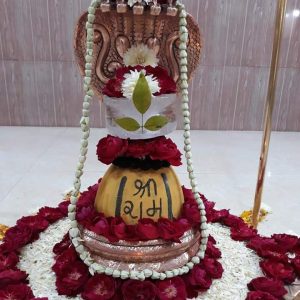
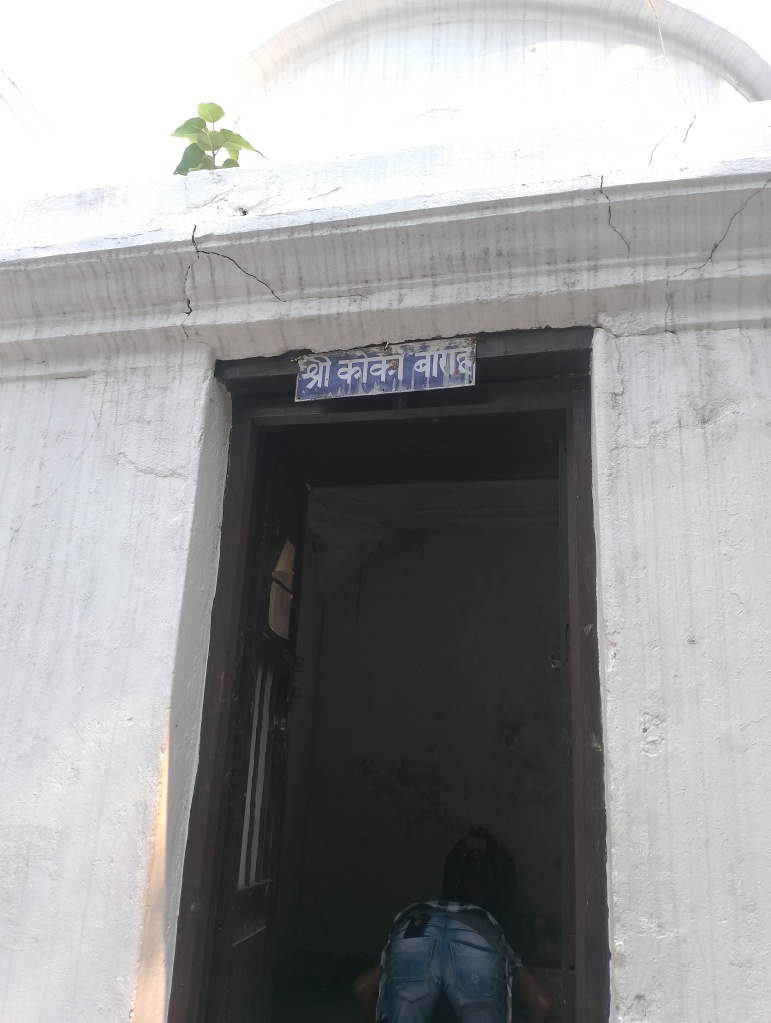
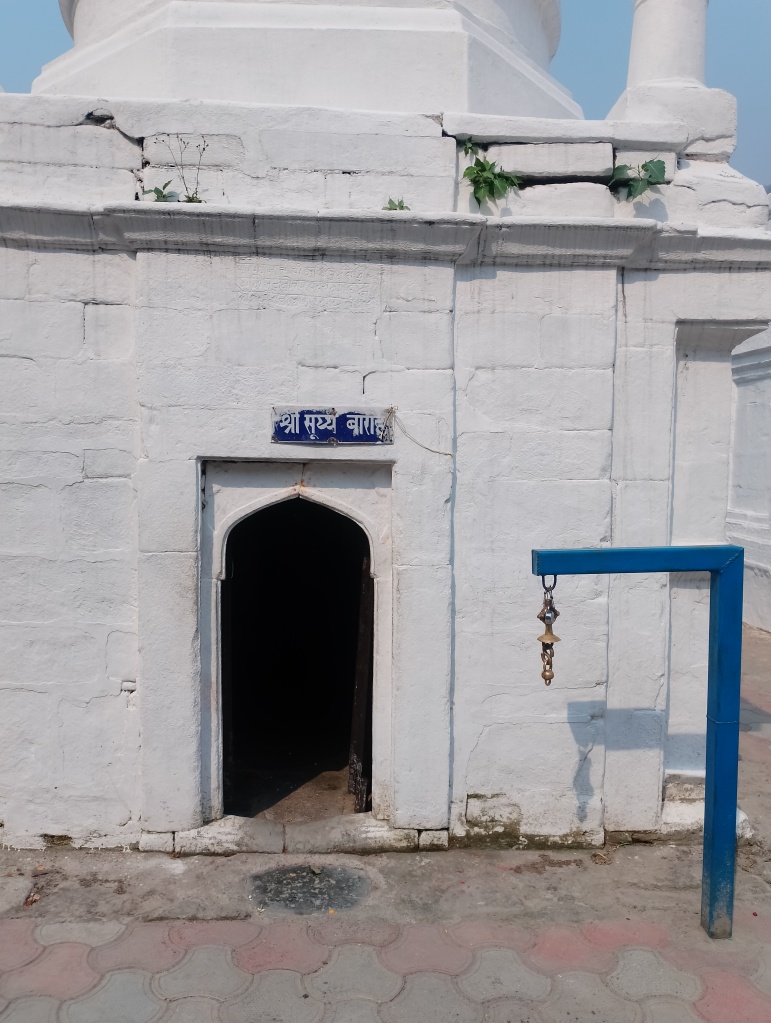
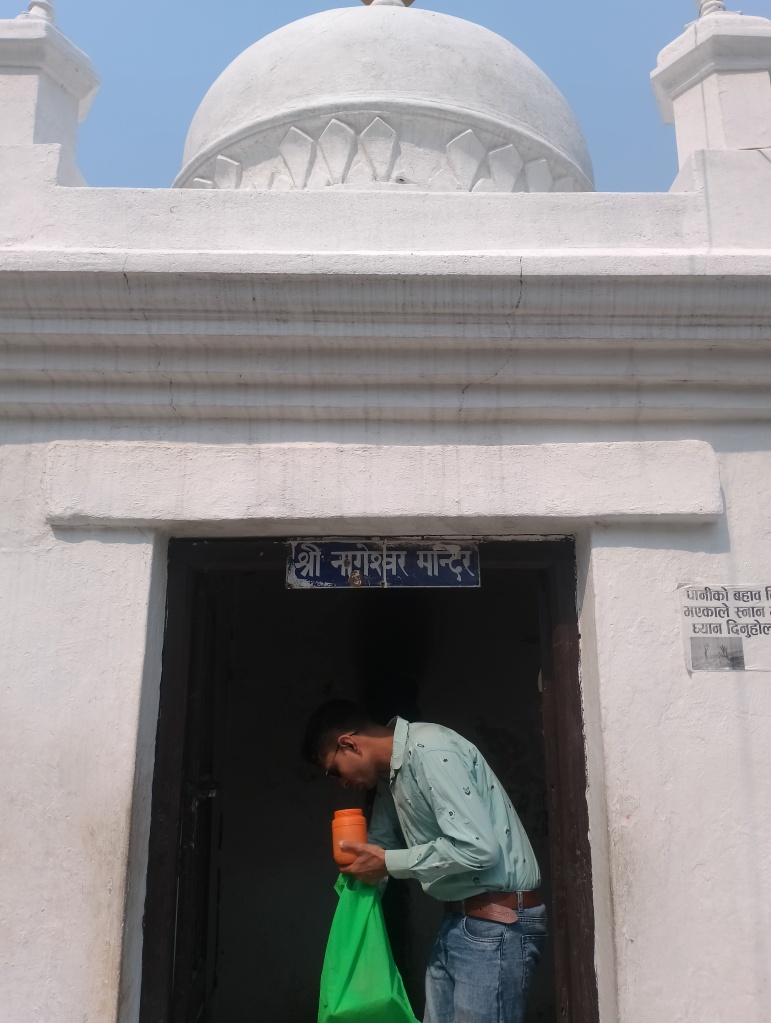
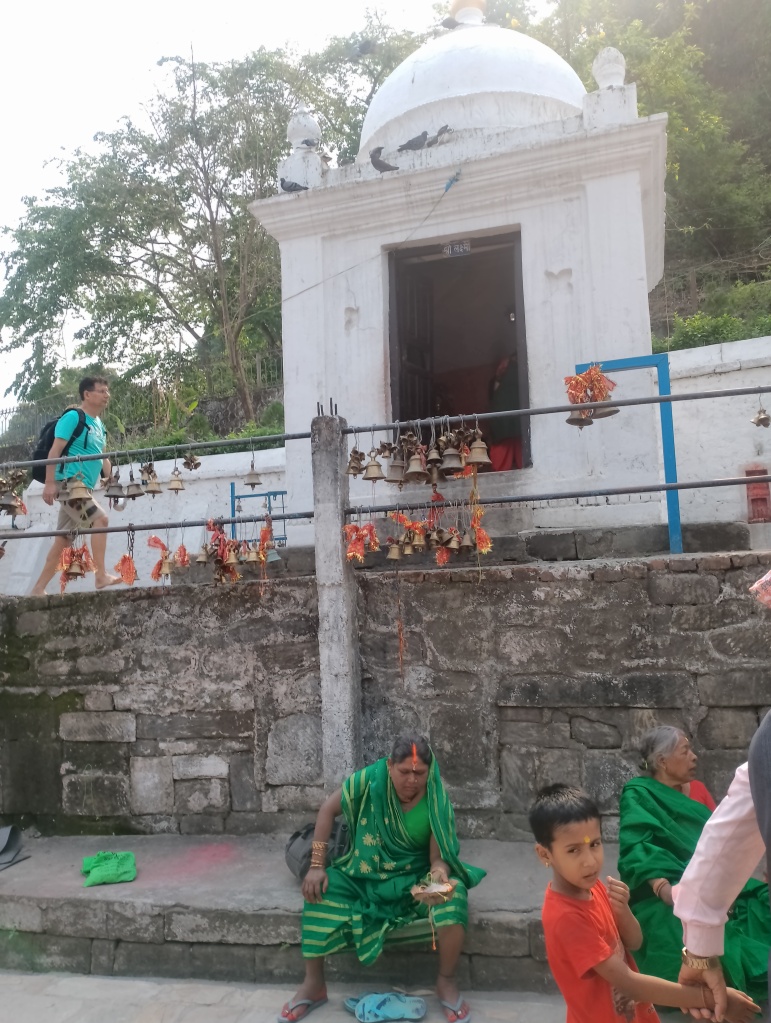
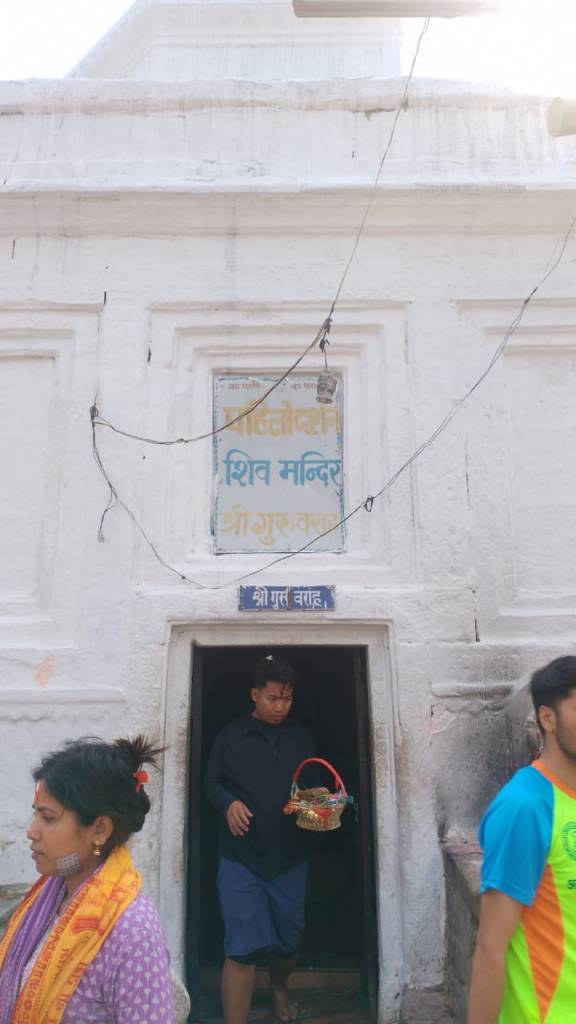
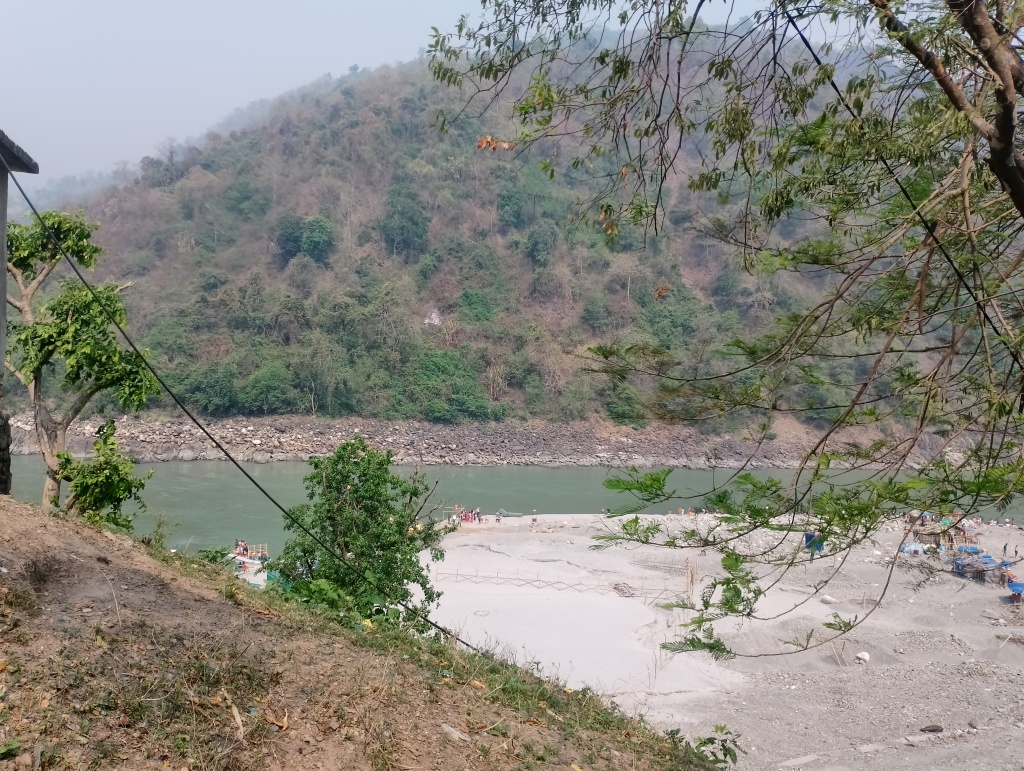
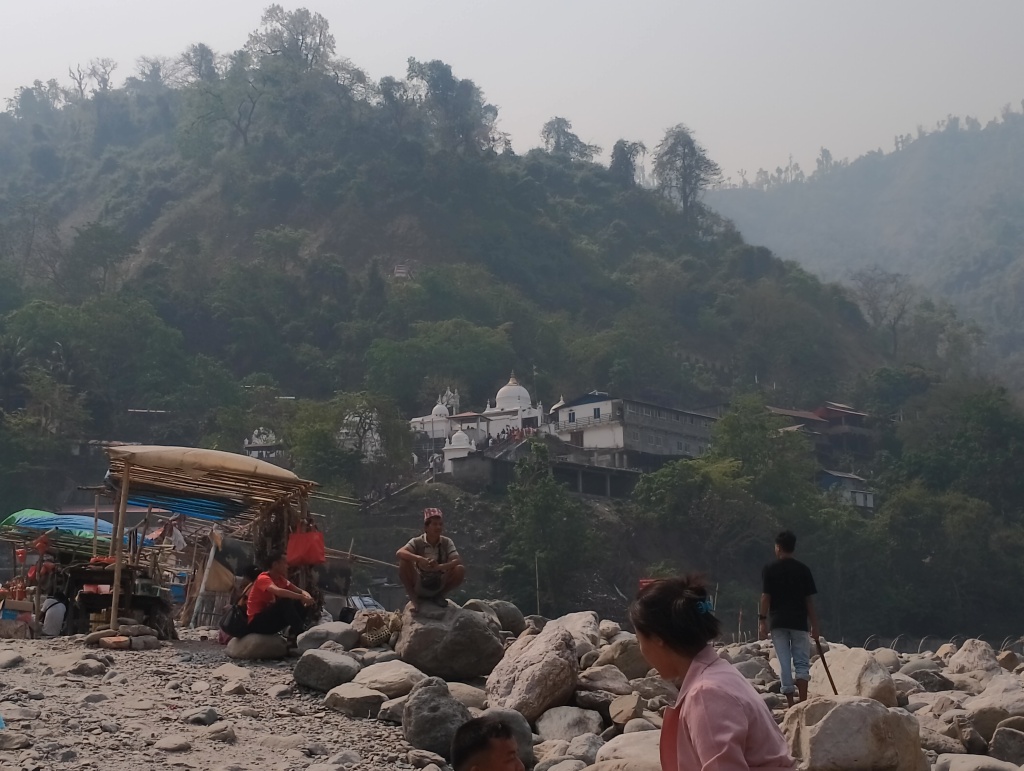
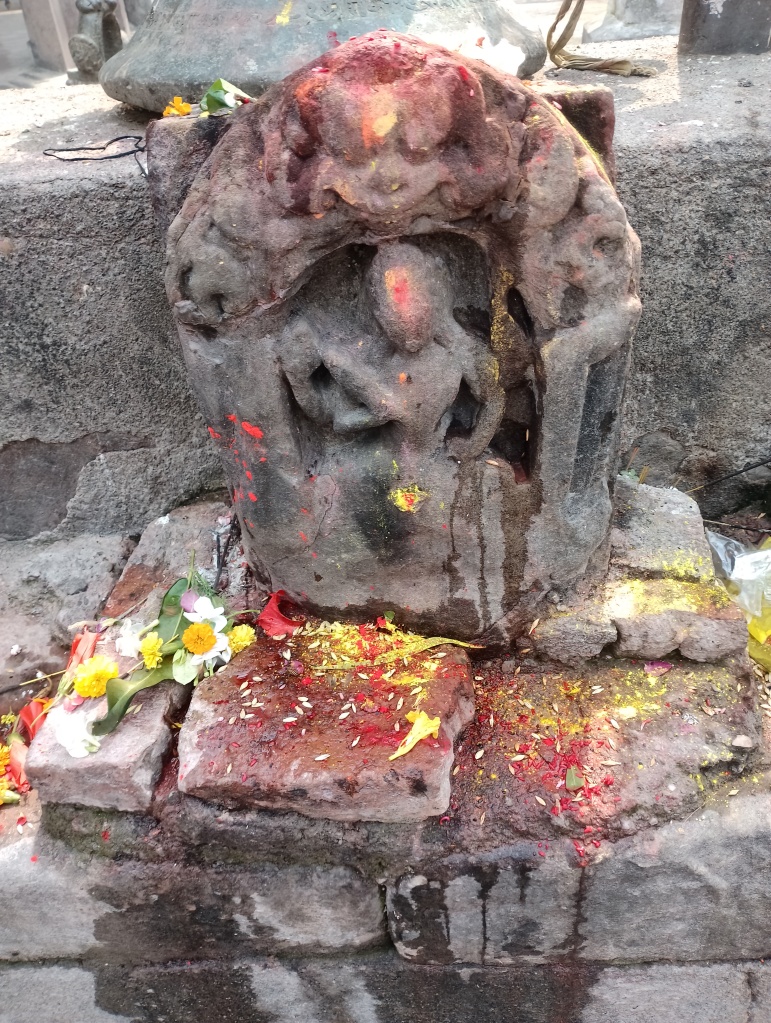
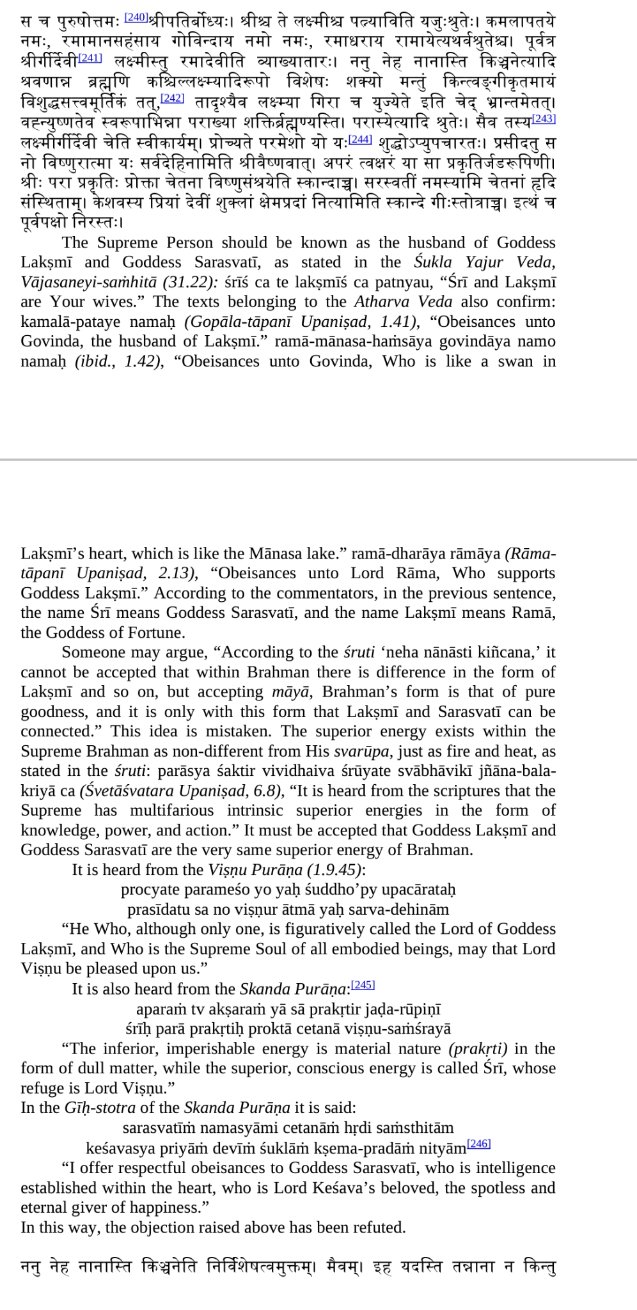 section(especially the Gīḥ stotra of the Skanda Purana)
section(especially the Gīḥ stotra of the Skanda Purana)